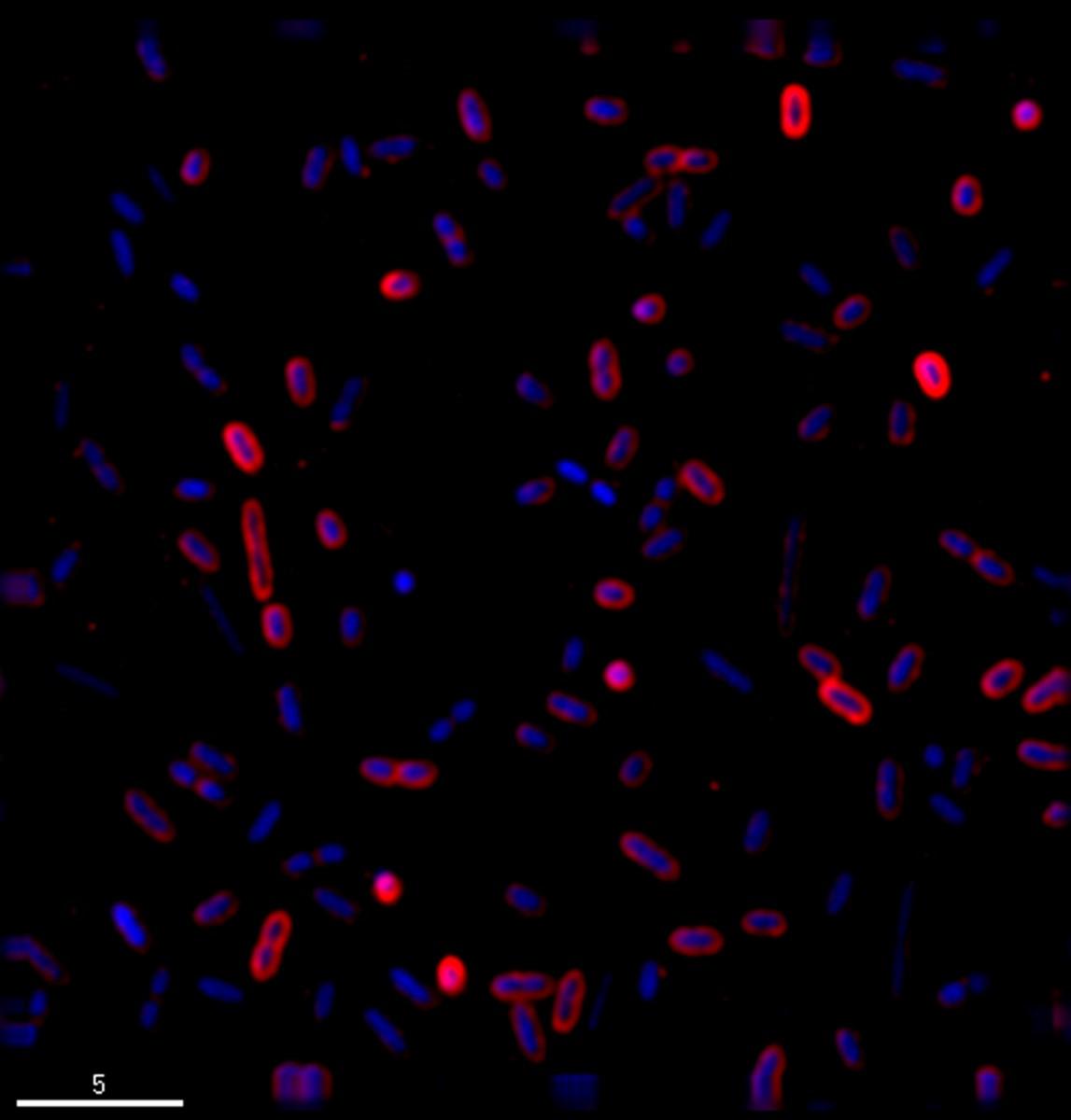A new bacterium with a symbiotic relationship in some insects has been identified after infecting a man from Indiana.
In 2010, Thomas Fritz impaled his hand on a branch, and a sample taken from the resultant abscess led to the discovery of a strain called HS, short for “human Sodalis,” that grows well in the lab.
This finding has implications for preventing disease transmission and crop damage by insect-borne viruses.
“Being kind of a scientist, I thought, ‘Okay, this is how things happen sometimes,’” said Fritz in a press release. “I have strong faith, and I think God did this for a purpose—gaining of additional knowledge—and that’s wonderful.”
Up to 10 percent of insects are home to bacteria, which produce nutrients for their hosts and sometimes toxins to kill invaders like fungi in return for shelter and food.
“If we can genetically modify a bacterium that could be put back into insects, it could be used as a way to combat diseases transmitted by those insects,” explained study first author Adam Clayton at the University of Utah in the release.
By engineering HS and placing these bacteria in tsetse flies, they could be used to kill the flies’ protozoan parasites that cause sleeping sickness in Africa.
Similarly, by replacing aphids’ symbionts this way, insect-borne plant viruses that attack crops like soybeans could be prevented.
“We have identified very few of the bacteria that exist in nature, and new species and strains like HS are often only discovered when they infect humans,” concluded the scientists in their study.
Their research was published in PLoS Genetics on Nov. 15.
The Epoch Times publishes in 35 countries and in 19 languages. Subscribe to our e-newsletter.






